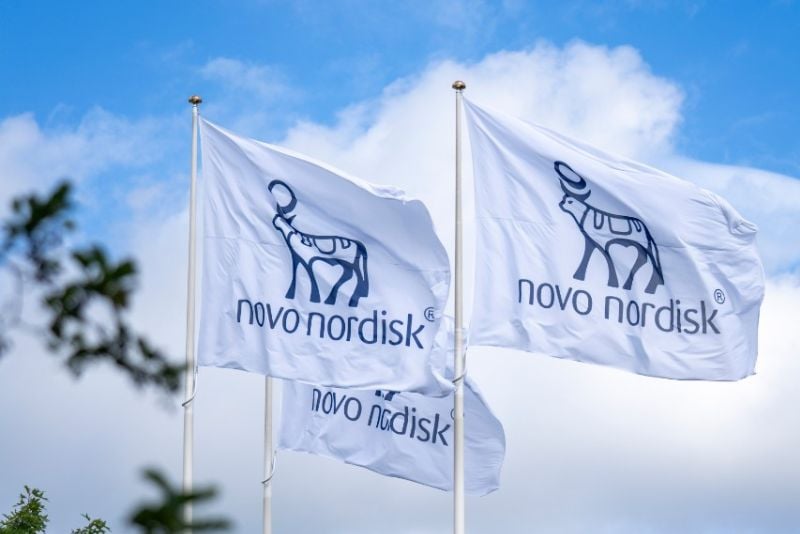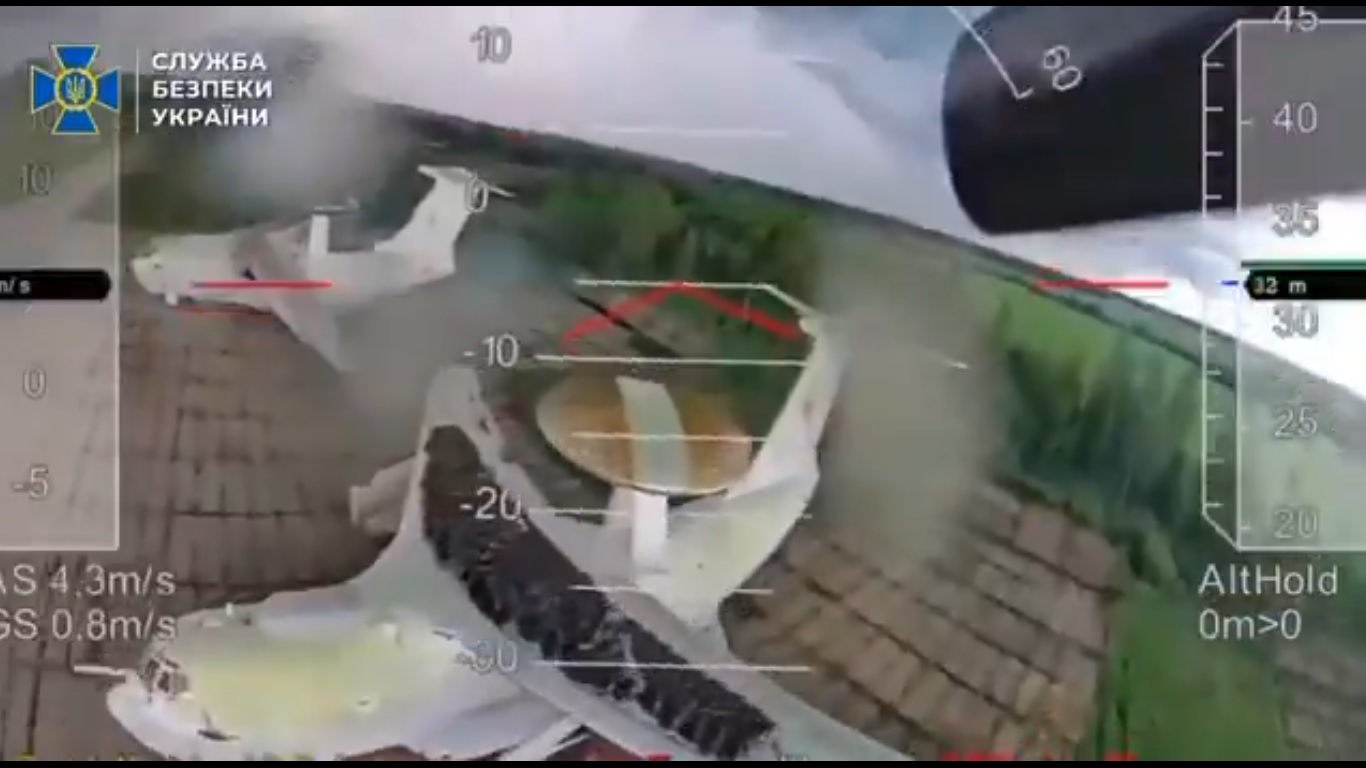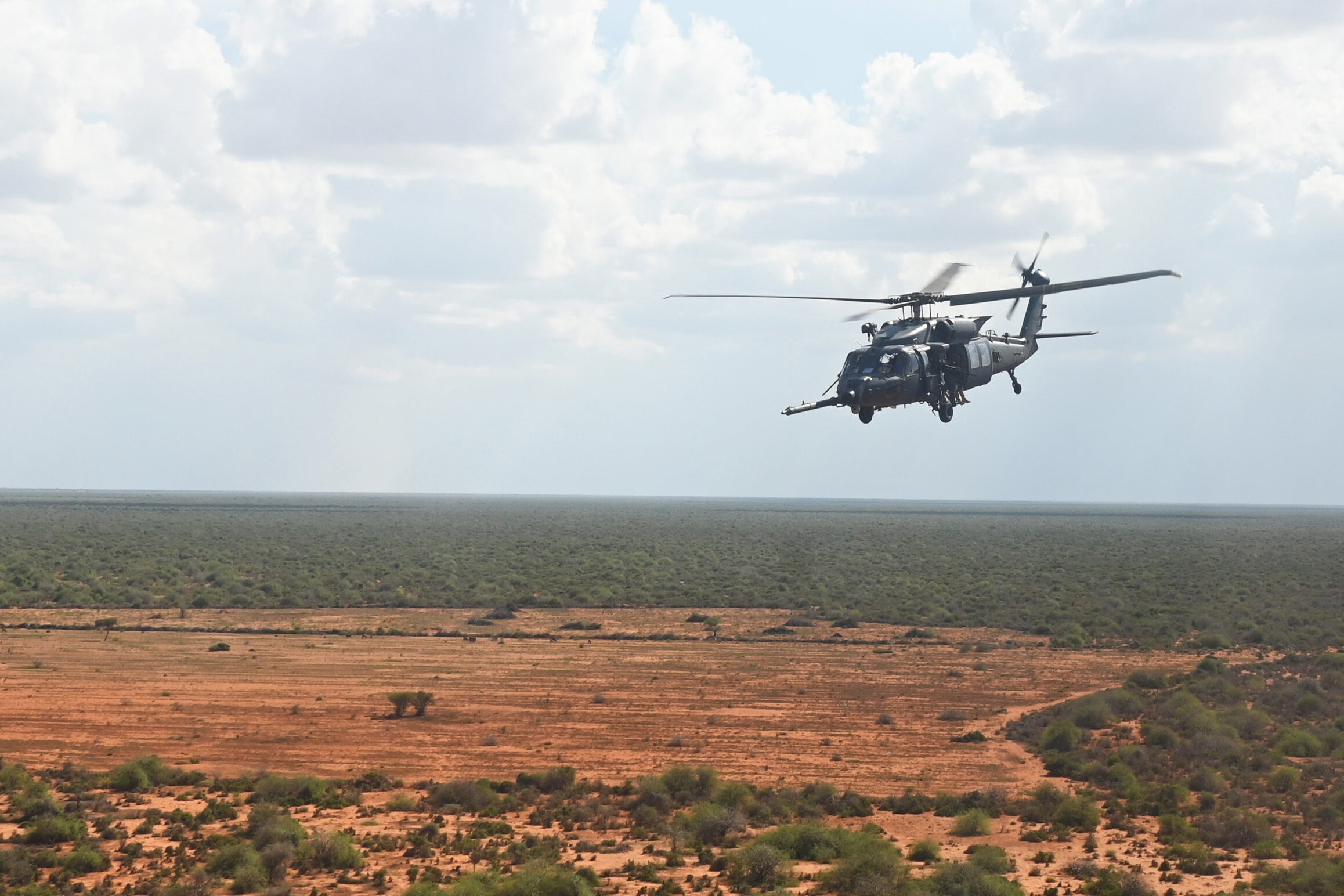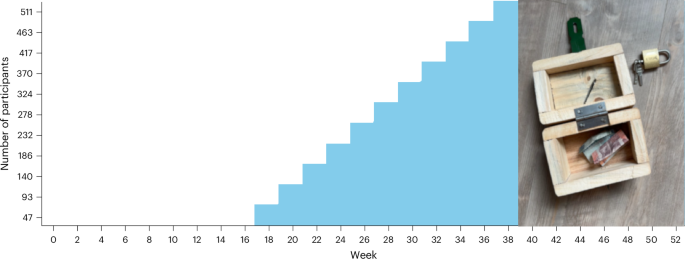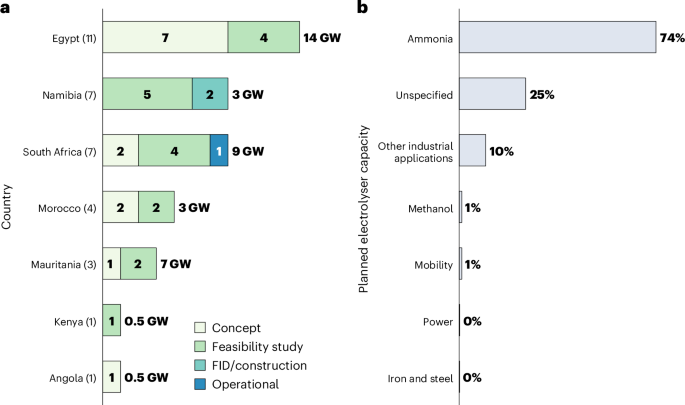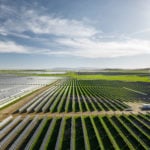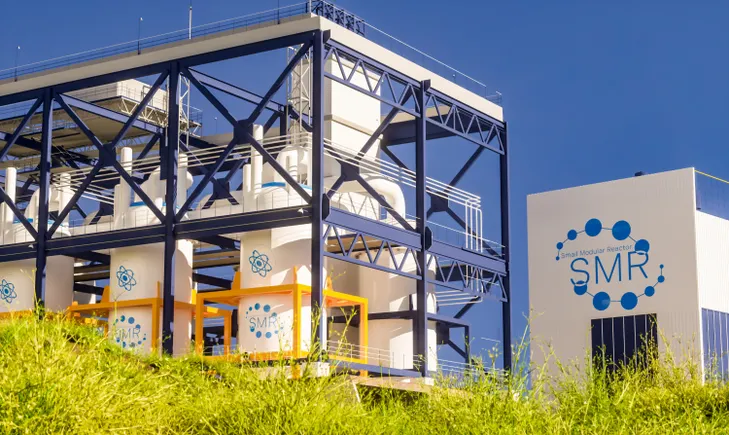Unstoppable Momentum in the Forage Market
The global forage market is witnessing steady growth, driven by expanding livestock production, growing awareness of quality animal nutrition, and a shift toward sustainable agricultural practices. With increased reliance on forage crops and forage silage in both developed and emerging economies, the market is positioned for robust expansion in the coming years.
Global Forage Market size and share is currently valued at USD 875.17 million in 2024 and is anticipated to generate an estimated revenue of USD 1,449.10 million by 2034, according to the latest study by Polaris Market Research. Besides, the report notes that the market exhibits a robust 5.2% Compound Annual Growth Rate (CAGR) over the forecasted timeframe, 2025 - 2034
Market Overview
Forage refers to plant material, primarily leaves and stems, consumed by grazing livestock. It includes a range of forage crops such as grasses, legumes, and silage, all essential for maintaining animal health, reproductive performance, and production efficiency.
The forage market consists of both natural and cultivated pastures, stored feeds (like hay and forage silage), and processed feed components. Forage is a cornerstone of animal husbandry, especially in the dairy feed segment, where consistent and high-quality nutrition directly impacts milk yield and animal wellbeing.
As the global population grows and urbanization accelerates, demand for animal protein continues to rise. This has pushed livestock farmers to seek nutritionally rich and cost-effective feed solutions, with forage emerging as a preferred option for its affordability, digestibility, and sustainability.
Key Market Growth Drivers
1. Rising Global Demand for Animal Protein
Increasing consumer demand for milk, meat, and poultry products is driving the need for reliable and efficient animal nutrition sources. Forage, being a natural and cost-effective feed solution, is crucial for maintaining livestock productivity, especially in dairy and beef cattle industries.
2. Expansion of Livestock Farming
Countries with large agricultural sectors, such as India, Brazil, and the U.S., are investing heavily in expanding livestock operations. This, in turn, boosts demand for high-yield forage crops and reliable fodder supply chains.
3. Adoption of Forage Silage and Storage Technologies
Silage is gaining traction as it offers year-round feeding and nutrient preservation. Modern forage silage technologies—such as wrapped bales and bunker silos—allow farmers to reduce wastage and ensure continuous access to high-quality feed.
4. Government Support for Sustainable Agriculture
Numerous governments are implementing policies to promote sustainable forage cultivation and soil health management. Subsidies, training programs, and research grants for fodder crop improvement are helping farmers optimize land use and boost forage yields.
5. Advancements in Seed and Forage Varieties
Seed companies are developing hybrid forage varieties that offer better nutritional profiles, drought resistance, and multi-cut harvesting capabilities. This is enhancing farmer income while addressing climate-related agricultural risks.
Market Challenges
Despite strong growth prospects, the forage market faces several challenges:
- Climate Vulnerability
Droughts, floods, and shifting weather patterns can severely affect forage crop yields and availability. This adds volatility to forage supply and pricing, especially in rain-fed agricultural regions.
- Land Competition
Rising demand for food crops and biofuels can limit the land available for forage cultivation. In densely populated or industrializing areas, farmers may prioritize cash crops over forage, straining local feed resources.
- Post-Harvest Losses
Improper handling, storage, and transportation can lead to significant forage spoilage. The lack of infrastructure for silage preparation in developing regions remains a major obstacle.
- Knowledge Gaps
Smallholder farmers often lack access to training and resources for efficient forage management, including crop selection, pest control, and nutrient balancing. This impacts overall feed quality and livestock health.
Browse Full Insights:
https://www.polarismarketresearch.com/industry-analysis/forage-market
Regional Analysis
North America
North America holds a dominant position in the global forage market, driven by extensive dairy and beef operations. The U.S. and Canada lead in the cultivation of forage crops such as alfalfa, clover, ryegrass, and sorghum. High mechanization, advanced silage technology, and corporate farming practices support market maturity.
Europe
Europe is a mature and sustainability-focused market for forage, especially in countries like Germany, France, and the Netherlands. The Common Agricultural Policy (CAP) provides strong backing for eco-friendly forage production. The region emphasizes high-quality dairy feed, with strict regulations governing animal welfare and feed safety.
Asia-Pacific
Asia-Pacific is the fastest-growing forage market, with India, China, and Australia leading the charge. Rapid urbanization, dietary shifts toward animal proteins, and government support for fodder self-sufficiency are driving growth. India, for example, has launched fodder missions to bridge the forage demand-supply gap in dairy-rich states like Punjab and Gujarat.
Latin America
Latin America is emerging as a significant player, particularly Brazil and Argentina, where expansive cattle ranching operations demand vast quantities of forage silage. The region also benefits from a favorable climate for year-round forage cultivation. Export-oriented beef industries rely on efficient and nutrient-rich feed systems.
Middle East & Africa
In this region, demand is fueled by population growth and increasing meat consumption. However, climatic limitations, water scarcity, and lack of storage infrastructure challenge forage production. Countries like Saudi Arabia and Egypt are investing in hydroponic and imported forage solutions to address feed shortages.
Key Companies in the Forage Market
Several global companies are shaping the development, production, and distribution of forage crops, seeds, and storage technologies. These companies are critical in advancing forage research and market accessibility.
1. Forage Genetics International (USA)
A subsidiary of Land O’Lakes, FGI is a leader in alfalfa research, developing high-yield, disease-resistant forage seed varieties. Its R&D programs focus on enhancing digestibility and drought tolerance.
2. DowDuPont / Corteva Agriscience (USA)
Corteva offers a wide portfolio of forage seeds and crop protection solutions. Its focus on digital agriculture tools helps optimize forage production and resource use.
3. DLF Seeds A/S (Denmark)
DLF is a global supplier of grass and clover seeds for animal nutrition and sports turf. Its innovation in forage seed breeding and global distribution channels ensures consistent quality for farmers worldwide.
4. Barenbrug Group (Netherlands)
Barenbrug specializes in forage and turf grasses, with operations in over 20 countries. Their research in perennial ryegrass and legumes has advanced pasture productivity and palatability.
5. Alforex Seeds (USA)
Alforex focuses on forage crops for dairy and beef cattle. Known for its hybrid alfalfa varieties, the company plays a key role in enhancing dairy feed efficiency and resilience.
6. Allied Seed, LLC (USA)
This seed company offers a wide range of certified forage seeds, including timothy, orchardgrass, and clover. It emphasizes quality assurance and tailored solutions for various climatic zones.
7. Nuseed (Australia)
A subsidiary of Nufarm, Nuseed delivers innovative seed technology in sorghum and hybrid forages. Their feed-grade hybrids are popular in both temperate and tropical markets.
8. Sakata Seed Corporation (Japan)
Sakata is known for its research in high-protein forage silage crops suitable for Asian livestock systems. It supports contract farmers with technical guidance and market access.
Conclusion
The global forage market is at a pivotal moment, shaped by evolving agricultural practices, increasing livestock demand, and environmental awareness. As livestock producers emphasize efficient and nutritious feed systems, the demand for high-quality forage crops, silage solutions, and advanced storage methods is set to grow.
While the market faces challenges such as climate impact and land-use competition, innovation in seed genetics, government initiatives, and investments in infrastructure are expected to overcome these barriers. Companies that focus on sustainability, farmer education, and technological advancement will lead the next wave of growth in the global forage sector.
More Trending Reports by Polaris Market Research:
APAC Crop Protection Chemicals Market
Non-Associated Cellulose Rheology Modifiers Market
Imidazoline Derivative Inhibitor Market
Unsaturated Polyester Resins Market
Listing Top 10 Companies in the Titanium Dioxide Market 2025
Comprehensive Overview of Leading Top 5 Firms in Industrial Rubber Market in 2025





























![New York City Officially Has Mechanical Garbage Trucks Now [Update]](https://www.jalopnik.com/img/gallery/new-york-city-officially-has-mechanical-garbage-trucks-now/l-intro-1749064637.jpg?#)


























